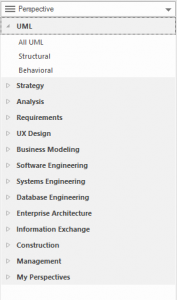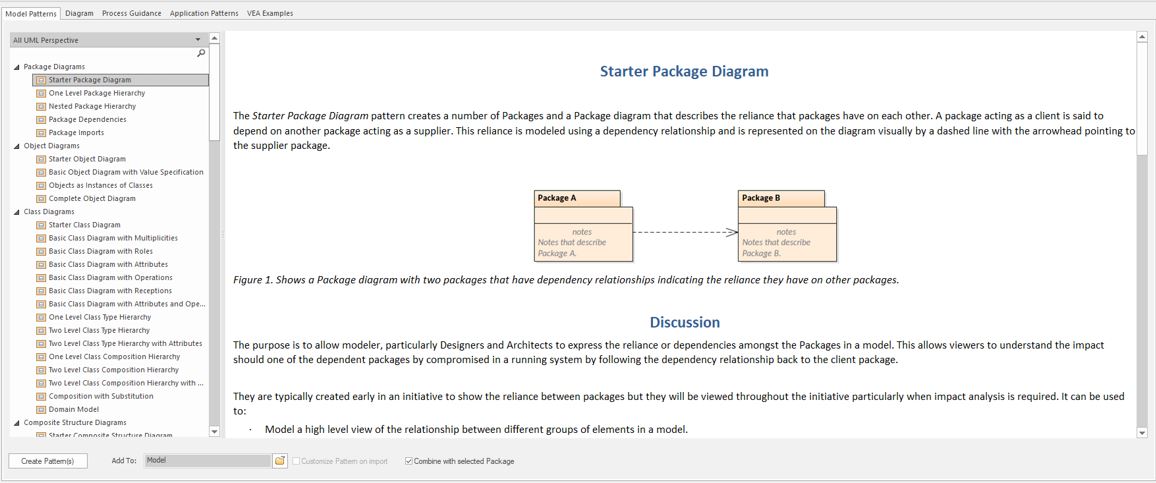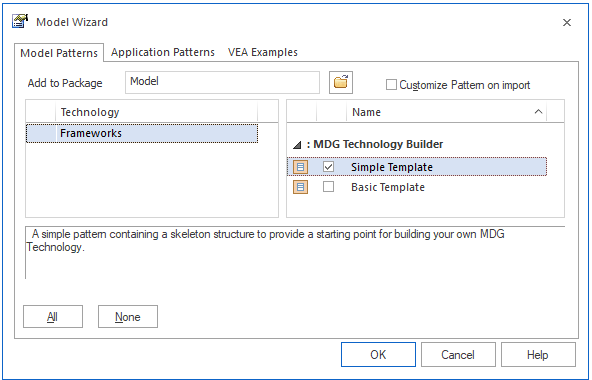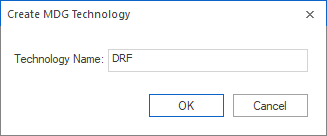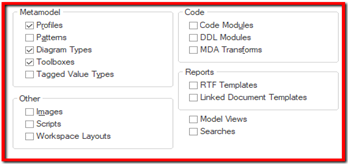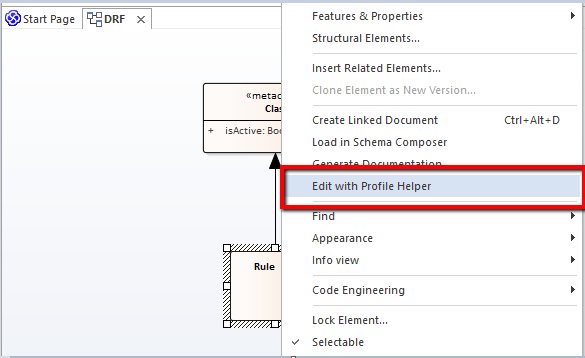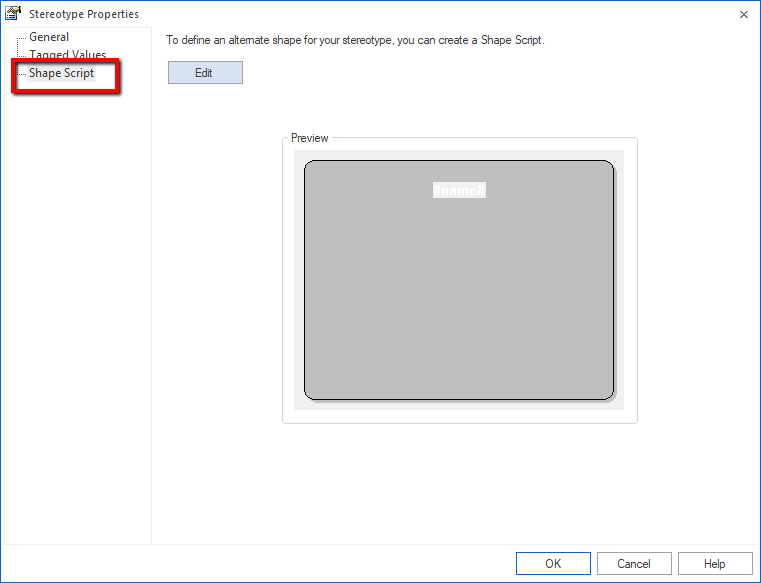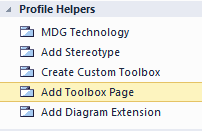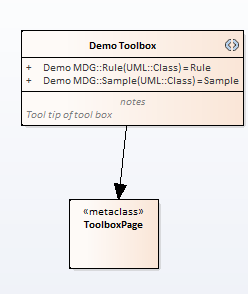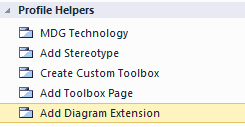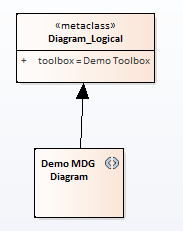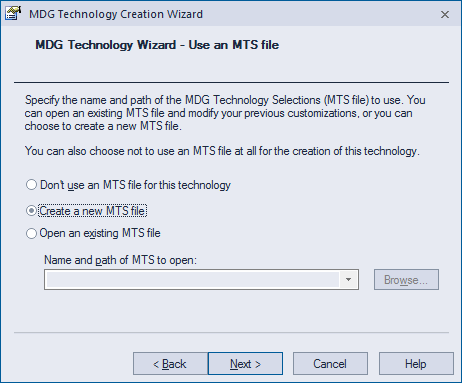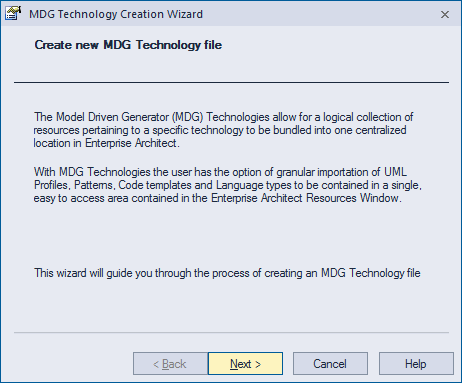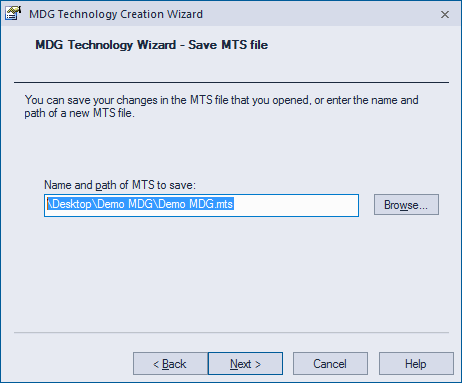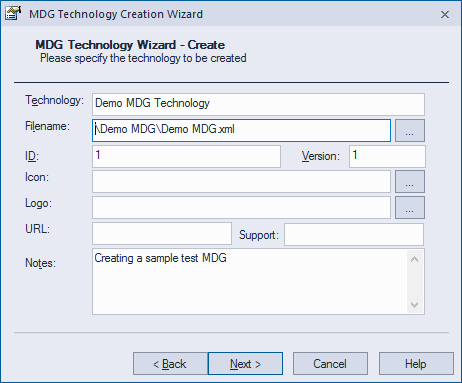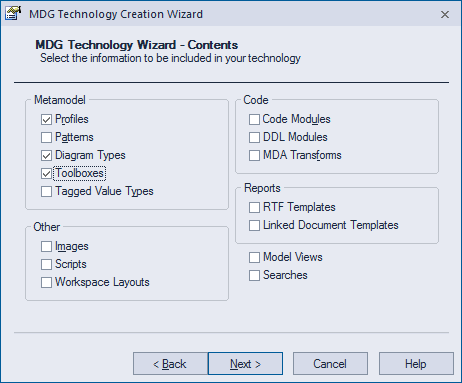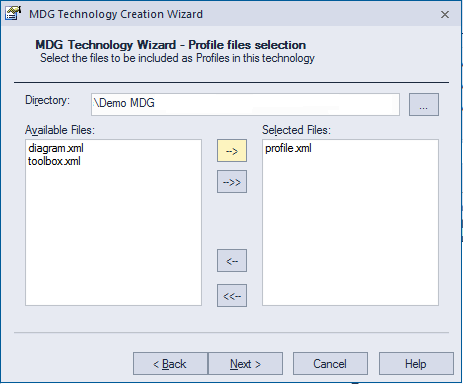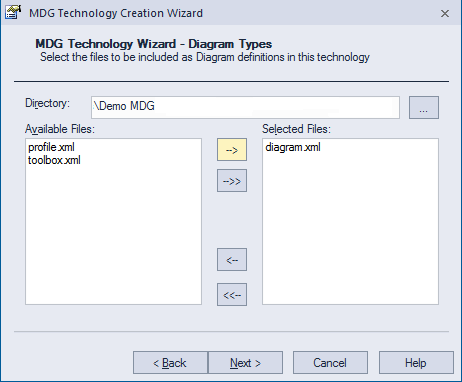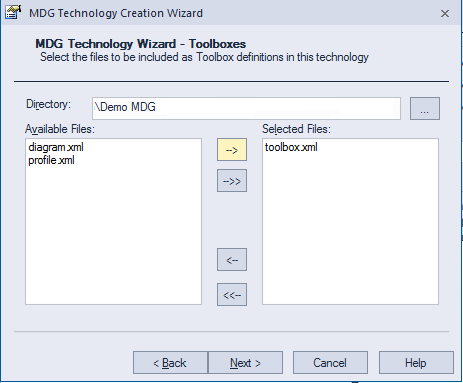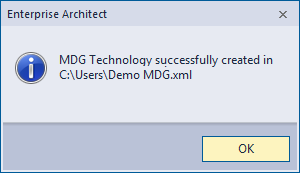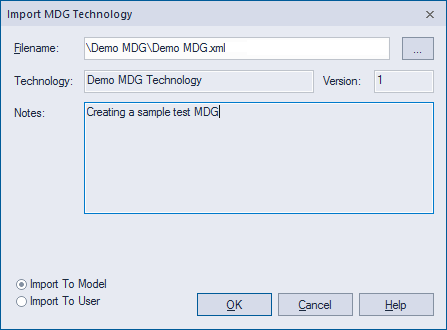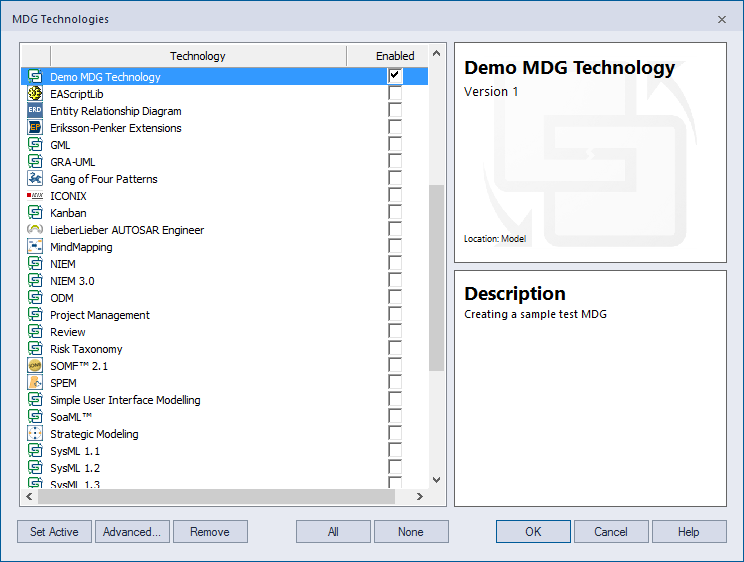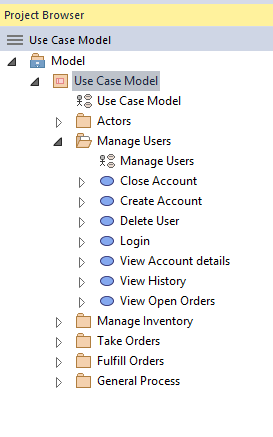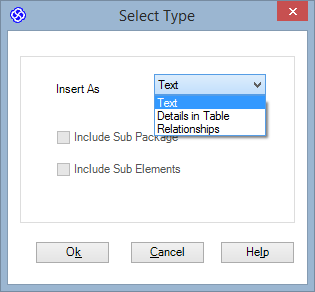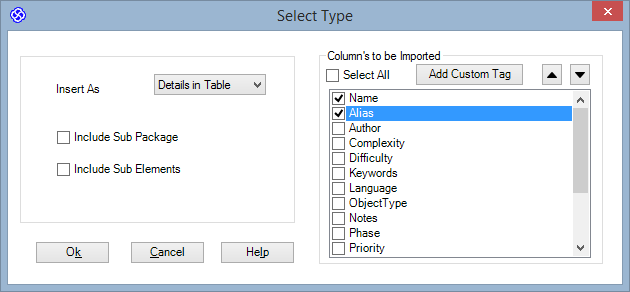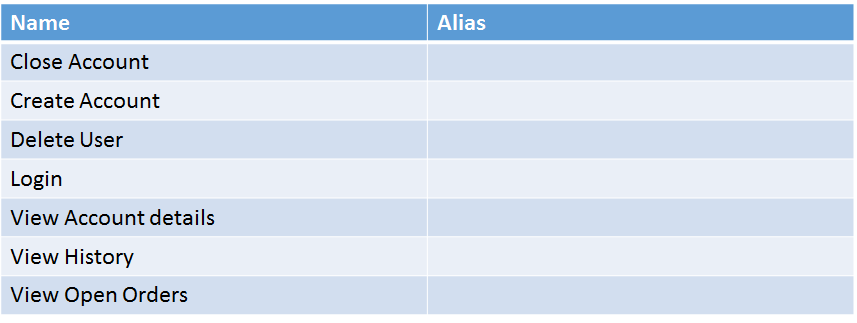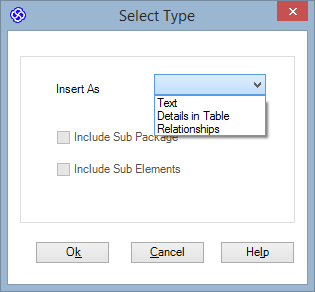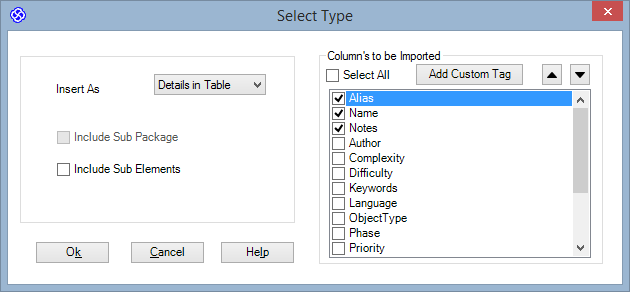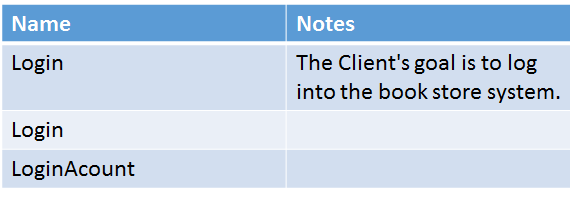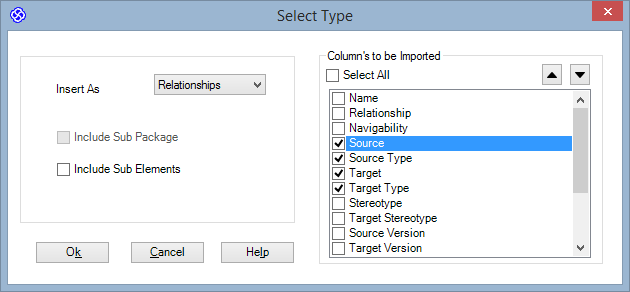Diagram Legends in Project Browser
What is Diagram Legend?
A Diagram Legend is an element that you can add to your diagram to provide information about the colours and/or line thicknesses and styles that have been used in the current diagram, where those colours and other styles have some particular meaning. For example, it is common to have a Legend that indicates a particular colour is indicative of a particular element’s status or version. Connectors might be coloured according to whether they are of a particular type or direction. Element borders might be thicker or thinner according to some other property or condition.

Figure 1 Legend Icon & Artifact
Legends have additional capabilities, including the ability to auto colour elements in different ways and according to different rules and filters. Legends are classified as elements and will be listed in the Project Browser; however, they are not shown in contents of a Package displayed on a diagram.
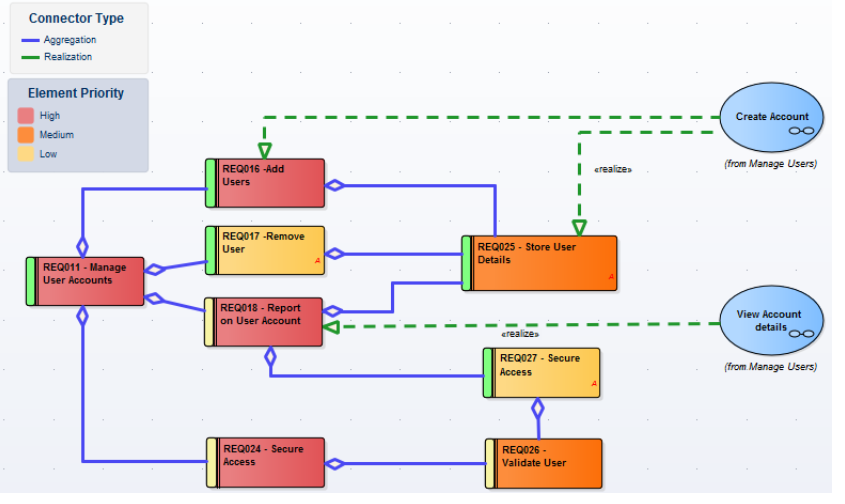
Figure 2 Legend Representation of a Diagram
What’s new with Diagram Legend EA 14
Diagram Legend in Enterprise Architect 14 follows the same concept with a simple but important change. Considerably in Enterprise Architect 13 creating a legend in a diagram or model will only reflect in the diagrams and not in the model project browser. However, this has been updated in the Enterprise Architect 14. When a Diagram Legend is created for a particular diagram. That legend artifact will remain under the respective package.
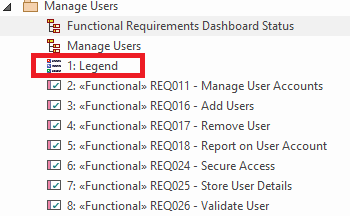
Figure 3 Legend in Project Browser
Creating a Legend
A Legend element on a diagram provides a visual key to the colours and line thicknesses you have used to identify elements and/or connectors that have a particular meaning. The Legend can reflect a simple, manually-applied convention such as all elements concerned with a management system being shaded in blue, or all outgoing connectors coloured red. However, the Auto-Colour Legends can also automatically apply the style to elements or connectors having a chosen property, such as a specific phase, stereotype or type.
The Legend lists the element appearance conventions first, and the connector appearance conventions underneath.
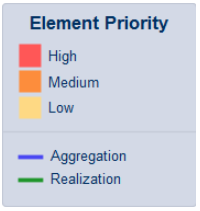
Figure 4 Legend View
To Access:
Drag the Diagram Legend icon from the Common page of the Toolbox onto the diagram.
Legend Properties
The ‘Legend Properties’ define the appearance of the Legend element itself, such as its background colour, title text colour and size, and border colour. If you choose to use default colours, these are derived from the ‘Preferences’ dialog, ‘Standard Colours’ page.
To Access
Double-click Legend element | Style options
| Option | Action |
| Heading Size |
Either: |
| Font Colour | Click on the drop-down arrow and select one of the standard font colours for the Legend Title text. If you want to use a non-standard colour, click on the Other button and either select from the larger pallet or define a custom colour. |
| Background | Click on the down arrow and select one of the standard colours as the background fill colour of the Legend element. If you want to use a non-standard colour, click on the Other button and either select from the larger pallet or define a custom colour. |
| Border Colour | Click on the down arrow and select one of the standard colours as the colour of the borderlines of the Legend element. If you want to use a non-standard colour, click on the Other button and either select from the larger pallet or define a custom colour. |
| Ok Button | Click on this button to save your changes and close the dialog. |
| Cancel Button | Click on this button to abandon any changes and close the dialog. |
Further Information
Please contact us or write an email to info@sparxsystems.in to have a live demo of the new EA 16 features and capabilities.




